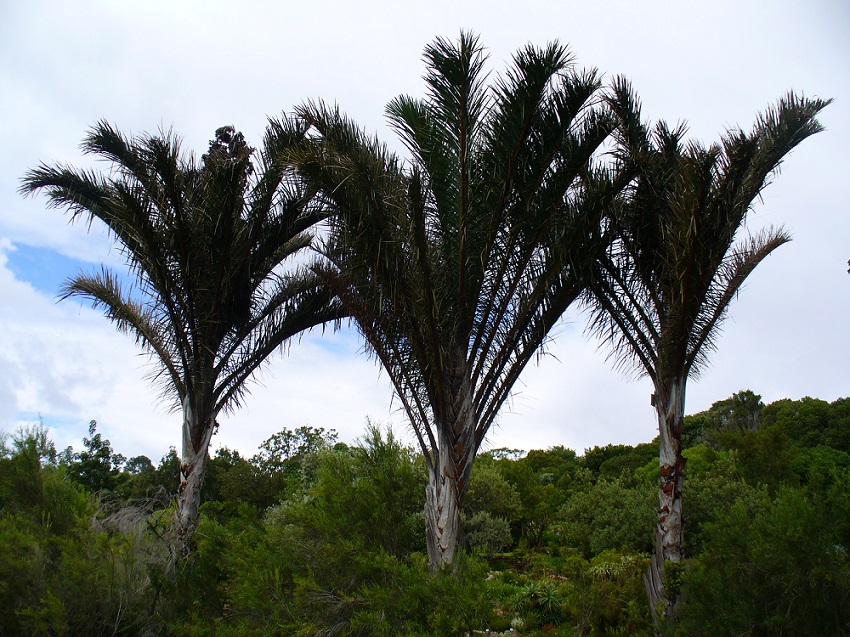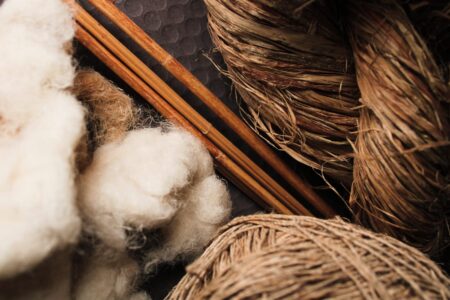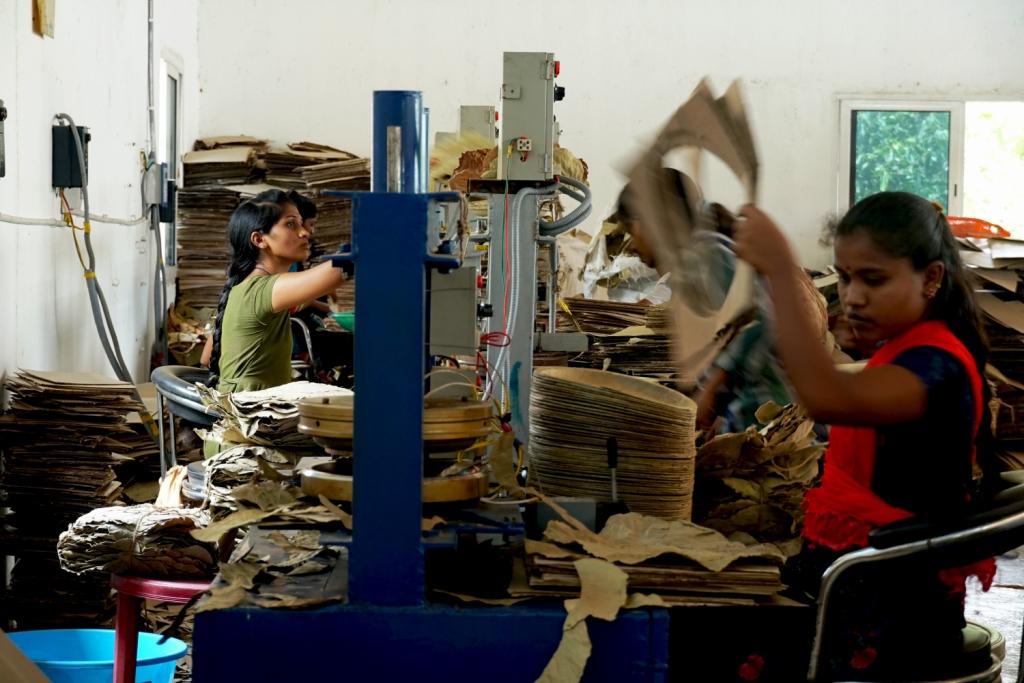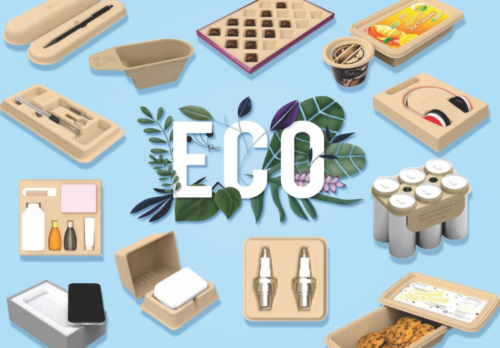Fibers became an integral part of human life which ranges from protection to projection. Among them, Cotton fiber has occupied a majority of clothing and industrial applications. Under the shadow of the cotton value chain, several natural fibers are not coming into limelight even though they have equal importance and priorities for modern lifestyle.
Now, let us take you to one of the premium natural fibers which attracted royal wardrobes called ‘Raffia/Raphia’. Raffia fibers are extracted from Raphia palm leaves which grow in wet plains of African region.

There are about twenty species of Raffia palms; and they are monocarpic in nature. It means they flower, set seeds and die. The leaflets of the palm can grow up to 18mtrs; and each branch can make around 100 leaflets. So, palm itself is the biggest natural asset; and used for rope cover & beams in traditional housing. The typical application ranges of these palms are from textile to construction industries.
Even though Raffia fabric has African origin, it is well-known as kuba textiles in the premium fashion market. This fabric is extracted by the community in Kuba kingdom which is located in the Democratic Republic of Congo. Men are responsible for palm cultivations and weaving cloth while women do embroidery works on cloth.
Raffia clothes are comfortable to wear; but due to non-durability they are occasional wears. The exotic appearance of the fabric gains people’s attention easily. It symbolizes royalty, culture and reserved slots in several royal family wardrobes across the world. Sustainable fashion trends are bringing back the golden era raffia fabric again..
The fabric applications are not only limited to exotic clothing but also used for crafting items like hats and handbags. The flexibility of natural raffia used for making light summer shoes, baskets, ropes, ribbons etc with adoptable color dyes.
The ever growing demand of fabric; and the environmental impact of cotton is pushing new research on natural fibers. Researchers identified the diversified benefits of raffia in industrial applications as well.
For an example, flexible raffia fibers are used as a filler material in the packaging industry; and as a substitute for artificial grass. Another research proved that raffia fibers are potential reinforcement materials for making cost effective polymer-based composite.
This fiber is often used to tie around bottles or boxes as a decorative purpose. So, the more research, the more possibilities of bringing back natural fibers into usage; towards more ways of sustainability. Give a try for Raffia then!
(Internet desk)
Raffia palm credits: By Andrew Massyn – Kirstenbosch Gardens Cape Town, Public Domain, https://commons.wikimedia.org/w/index.php?curid=1742192




